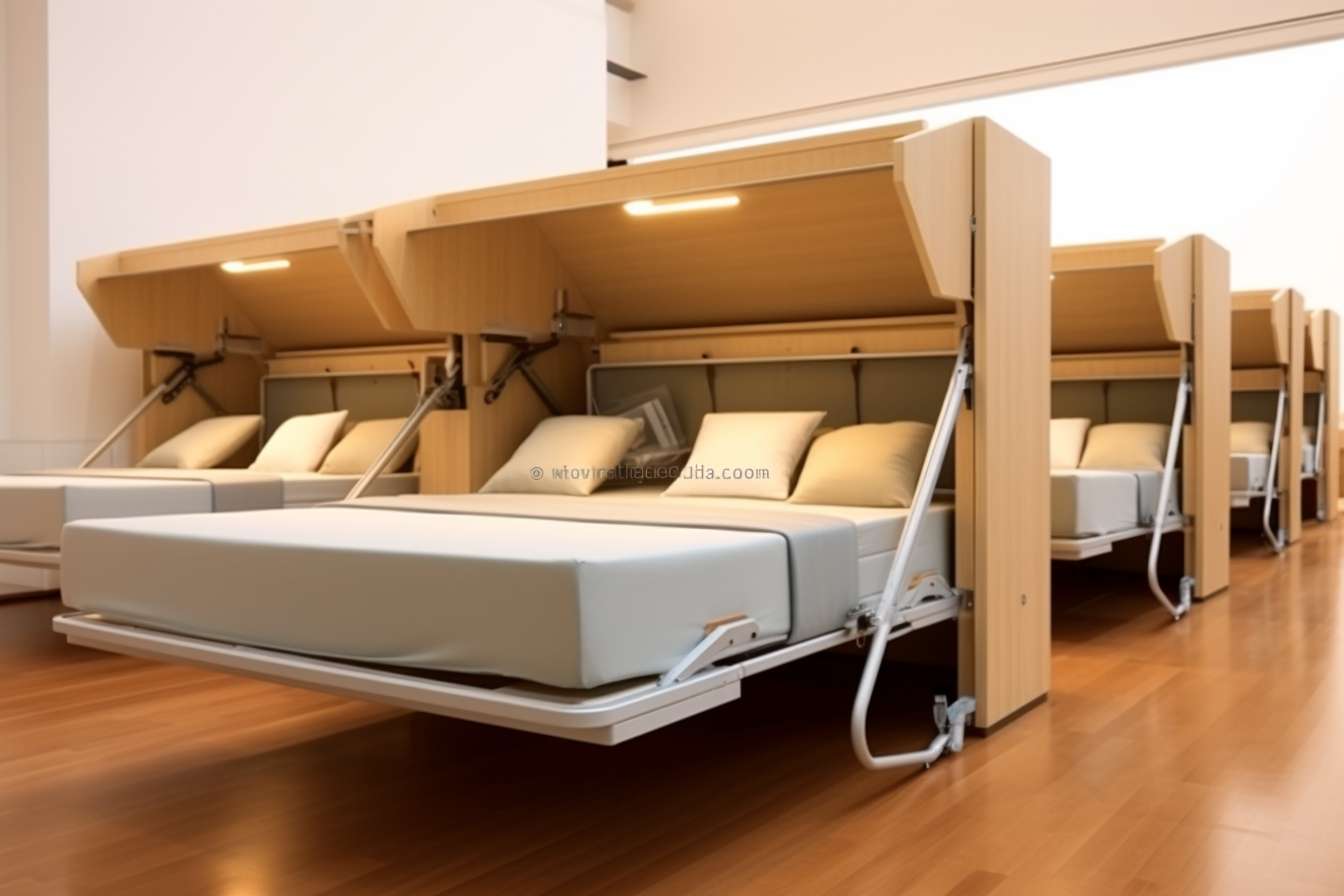Storage and organization strategies for compact work areas
Compact work areas demand intentional storage and organization to support telecommuting and remotework routines. This article outlines practical, space-conscious approaches to optimize a small workspace for ergonomics, productivity, connectivity, and wellbeing while balancing equipment, privacy, and security needs.

Small work areas can support effective telecommuting when storage and organization are designed around daily habits and core needs. Rather than squeezing a full office into a tiny footprint, focus on multifunctional furniture, clear zones for work and rest, and simple routines that preserve ergonomics and productivity. Thoughtful lighting and acoustics, reliable connectivity, and secure equipment placement reduce friction and support wellbeing during long stretches of remotework.
How can telecommuting or remotework fit a small area?
Designing for telecommuting and remotework begins by defining the core activities you perform—video calls, focused writing, or hands-on tasks—and allocating a compact footprint accordingly. Use vertical space for storage and select a desk or wall-mounted foldaway surface that matches your most frequent tasks. A consistent workspace, even if small, helps establish boundaries between work and home life and supports scheduling habits. Keep essential equipment like a laptop stand, a compact keyboard, and cable organizers within reach to reduce setup time and maintain productivity.
What organization tactics optimize limited workspace?
Organization in tight spaces relies on decluttering and prioritizing items by frequency of use. Implement a ‘daily-use, weekly-use, long-term’ sorting system so only daily items occupy prime space. Use drawer dividers, slim filing solutions, and stackable bins to maximize drawer and shelf capacity while keeping everything visible. Labeling and transparent containers speed retrieval and reduce decision fatigue. Rotate seasonal items to secondary storage elsewhere in the home, and adopt a one-in-one-out rule for supplies to prevent gradual accumulation in a compact workspace.
How does ergonomics and furniture affect comfort?
Ergonomics remains essential even in small areas; poor posture or awkward setups can harm wellbeing and productivity. Choose a chair with adequate lumbar support or add a small cushion, and prioritize a monitor or laptop riser to keep the screen at eye level. When space is limited, consider height-adjustable desks that fold or nest, and compact furniture with integrated storage to reduce visual clutter. Proper ergonomics reduces fatigue, supports longer focused sessions, and complements scheduling strategies that include regular breaks and micro-movements.
How to protect productivity, scheduling, and privacy?
Productivity in compact work areas comes from predictable routines and fewer interruptions. Use scheduling techniques—time blocking or the Pomodoro method—to structure work and breaks within restricted space. Physical privacy can be enhanced with a simple room divider, curtain, or strategic furniture placement to delineate your workspace. Security and privacy are also important: keep sensitive documents in a lockable drawer or file and use screen privacy filters when necessary. These measures help maintain concentration and protect data while working from home.
How do lighting and acoustics improve concentration?
Good lighting and acoustics amplify the effectiveness of a small workspace. Prioritize natural light when possible and supplement with adjustable task lighting to reduce eye strain. Position lamps to avoid screen glare and choose bulbs with a color temperature that supports alertness during work hours. For acoustics, employ soft surfaces—rugs, curtains, or acoustic panels—to dampen echo and absorb noise from other rooms. Headphones with noise cancellation can be an effective complement for focus during calls or concentrated tasks, supporting both wellbeing and communication clarity.
What connectivity, equipment, and security essentials are needed?
Reliable connectivity is foundational to remotework: place your router centrally for better coverage or use a wired connection where feasible to stabilize video calls. Organize equipment so frequently used items like chargers, external drives, and webcams are stored in a designated spot. Invest in cable management solutions—clips, sleeves, or under-desk trays—to prevent tangles and free desk space. Maintain digital security by using strong passwords, updating software, and storing backups on encrypted drives or secure cloud services. These practices protect work and ensure smooth, uninterrupted productivity.
Compact work areas can be both functional and comfortable when you combine intentional storage, clear organization rules, appropriate ergonomics, and attention to lighting and acoustics. Balancing connectivity, equipment placement, and privacy helps make a small workspace feel controlled and reliable. With modest investments in multifunctional furniture and consistent scheduling habits, a small workspace can support sustained telecommuting, protect wellbeing, and maintain productivity without overwhelming the surrounding living space.





